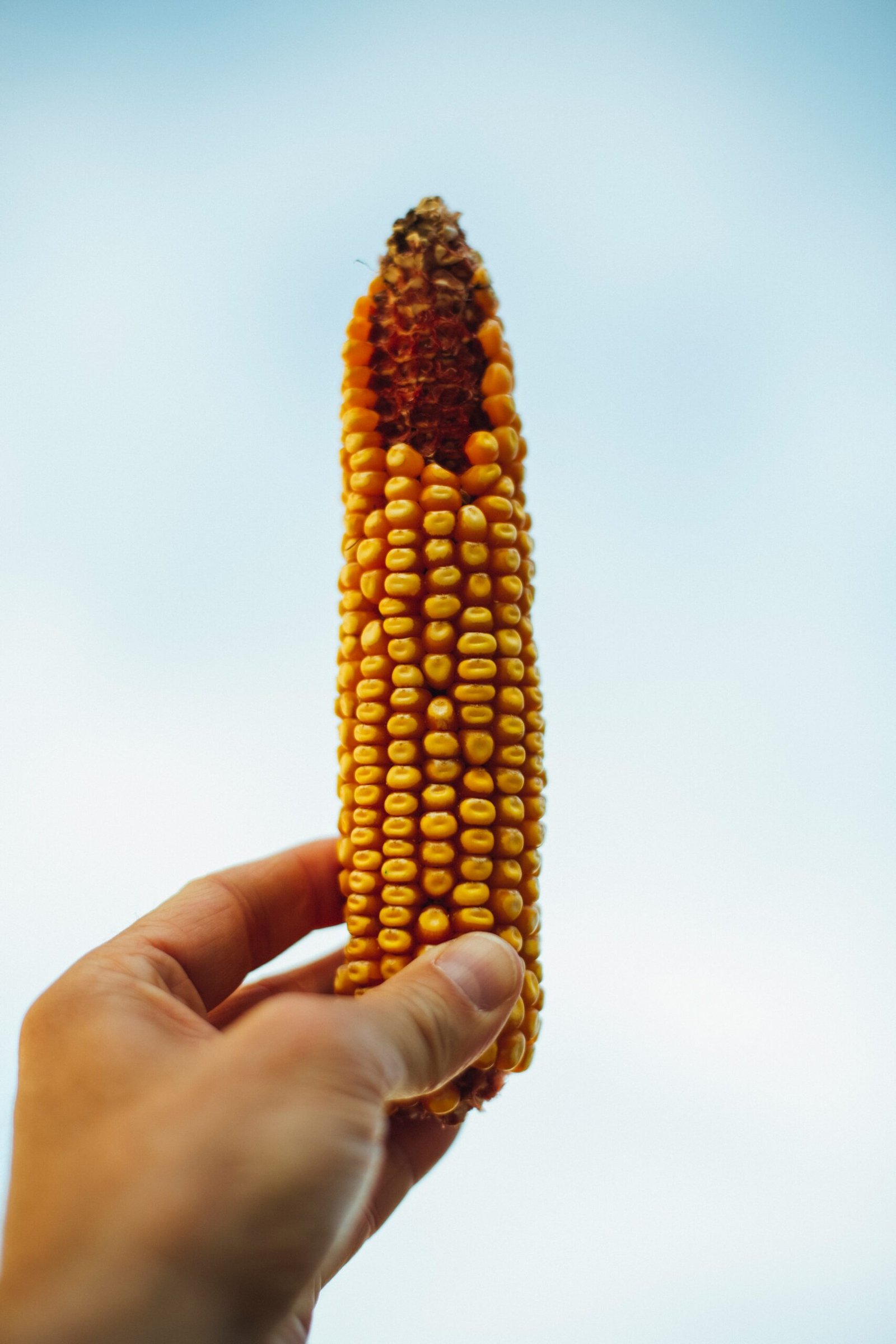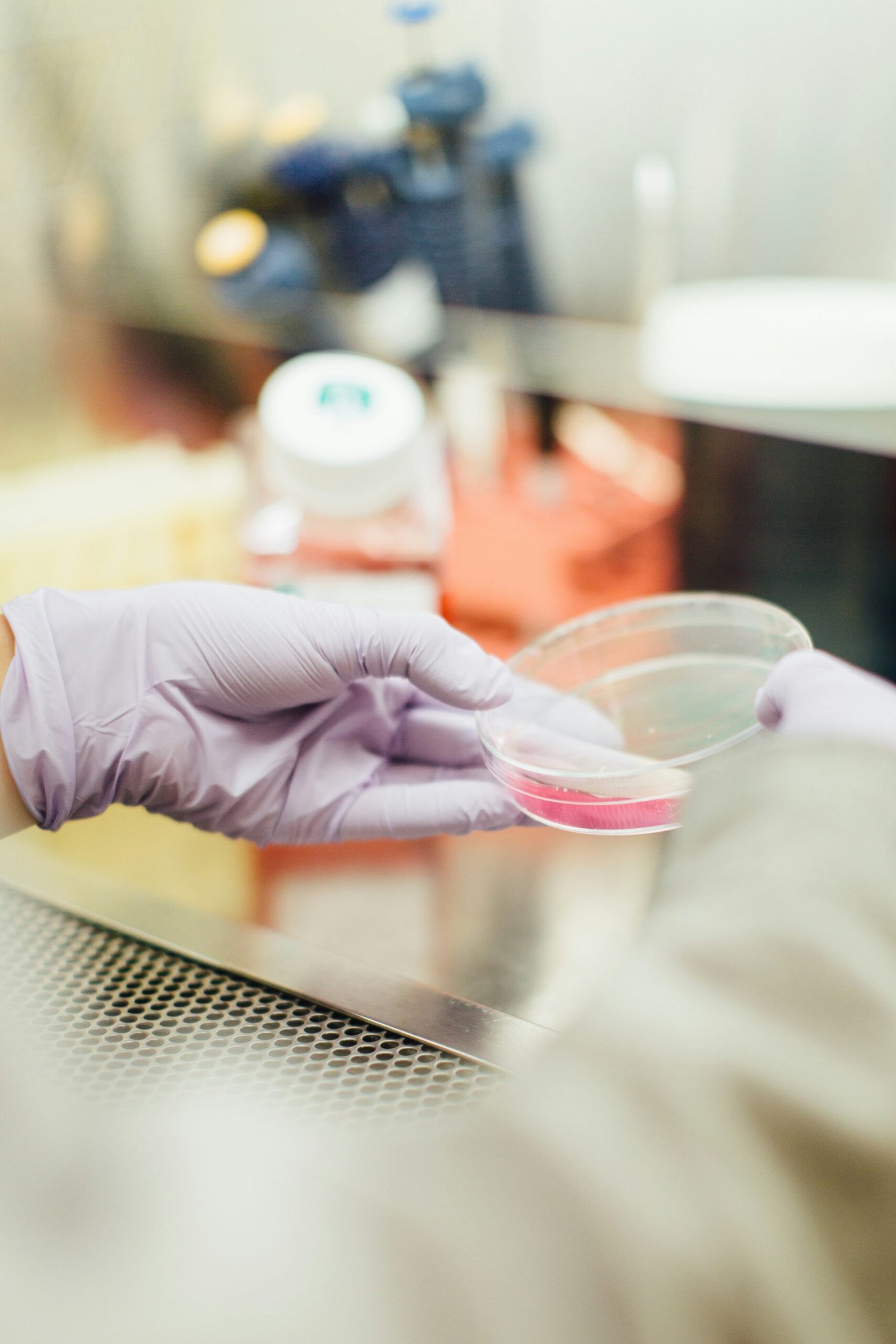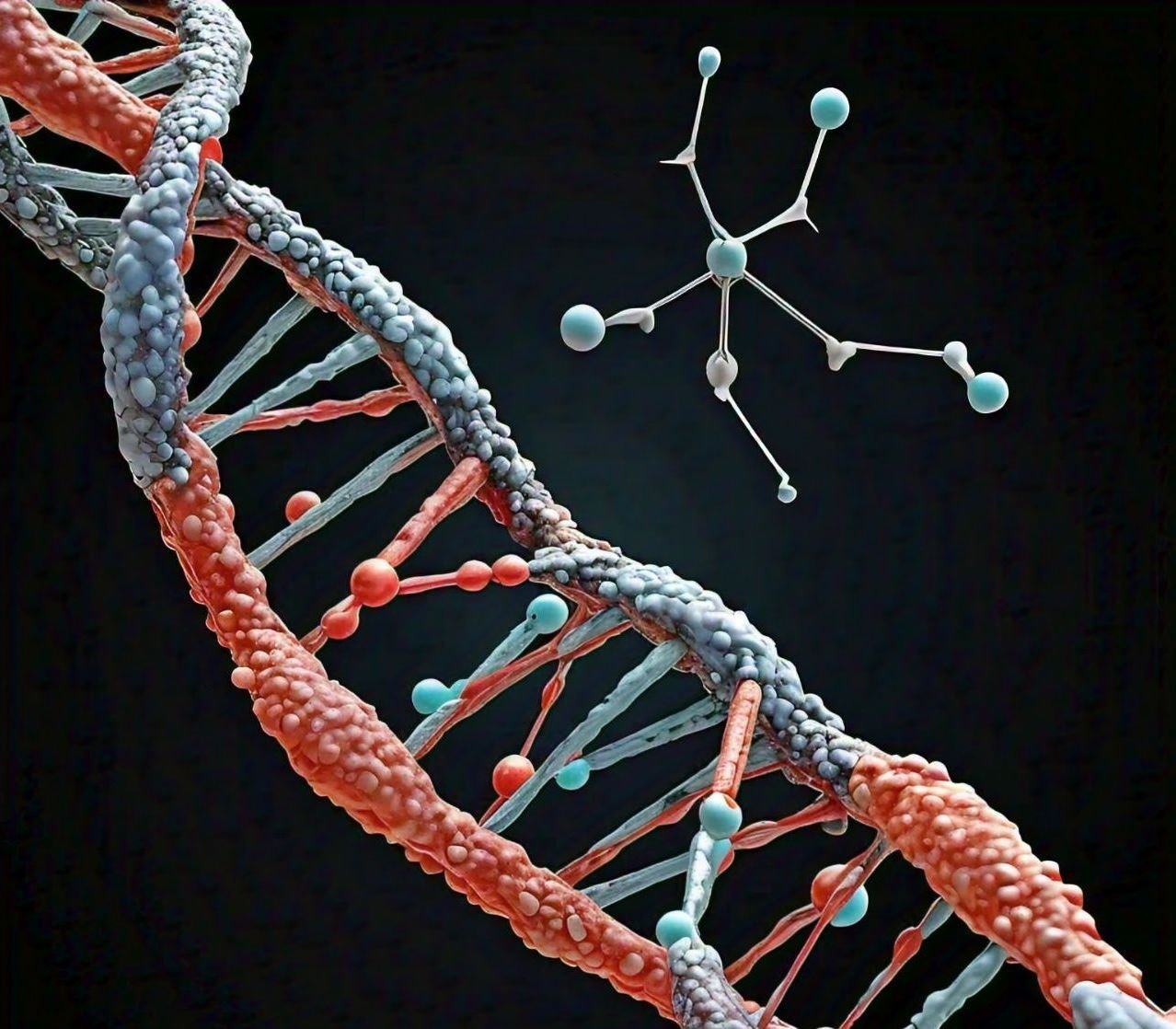
Understanding Mutation Breeding: Theoretical Foundations
Mutation breeding is a vital component in the field of plant genetics, where it harnesses the occurrence of genetic mutations to develop new varieties with improved traits. Mutations are alterations in the DNA sequence that can arise naturally during cellular processes like DNA replication or be induced artificially through various methods. These genetic changes can lead to phenotypic diversity that plant breeders can exploit for improved yield, disease resistance, and environmental adaptability.
Natural genetic mutations can be spontaneous, resulting from errors in DNA replication or environmental factors such as radiation. On the other hand, induced mutations are deliberately invoked using chemical mutagens or physical agents like radiation. Such methods include the use of alkylating agents, which chemically modify DNA, and gamma or X-ray radiation that causes breaks or rearrangements in the genetic material. These techniques have been pivotal in broadening the genetic base of crop species, allowing plant breeders to create new cultivars with desired traits.
Historically, mutation breeding gained momentum in the mid-20th century, following the discovery of the principle of genetic mutation by scientists like Hermann Muller, who was awarded the Nobel Prize in 1946 for his work on radiation-induced mutations. This led to the establishment of numerous successful breeding programs that utilized induced mutations to develop marketable crop varieties. Notable breakthroughs include the development of barley and rice varieties that are not only higher yielding but also resistant to certain pests and diseases.
Key concepts in mutation breeding include distinguishing between spontaneous and induced mutations, understanding their applications in achieving specific breeding goals, and recognizing the ethical considerations involved in their application. As the agricultural landscape continues to evolve, mutation breeding remains a valuable tool, integrating scientific research with practical applications to meet global food demands.
Practical Methods for Inducing Mutations in Plants
Mutation breeding is a vital technique utilized in plant genetics, facilitating the enhancement of desirable traits. This section discusses various practical approaches to inducing mutations, emphasizing physical, chemical, and biological methods. Each method has distinct protocols that, when meticulously followed, can yield significant results.
Physical mutagenesis commonly involves the use of radiation. One popular method is gamma irradiation, where seeds are exposed to gamma rays to induce alterations in their DNA. The procedure begins by selecting homogeneous seeds and adjusting their moisture content. Afterward, the seeds undergo irradiation at varying doses, followed by sowing in a controlled environment to monitor growth and mutations.
Chemical mutagens, such as ethyl methanesulfonate (EMS) and sodium azide, present alternative options for mutation induction. To apply chemical mutagens, seeds are soaked in a solution of the mutagen for predetermined durations. The concentration and exposure time are critical factors that need to be optimized based on the species and desired traits. Post-treatment, seeds should be rinsed to remove any residual chemicals and subsequently planted in an appropriate growth medium.
Biological mutagens involve the use of pathogens or genetic elements, such as transposons, to induce mutations. This method requires a specialized understanding of the interaction between the plant and the biological agent. For instance, Agrobacterium tumefaciens can transfer DNA into plant cells, resulting in various genetic changes. To utilize this method, a compatible plant and vector system must be selected before initiating co-cultivation.
When implementing these methods, safety protocols are essential. Appropriate protective gear should be worn, and procedures conducted in designated laboratory spaces. Furthermore, controlled environments maximize the chances of success and minimize external variability. Selecting suitable plant species is also crucial; common candidates include wheat, rice, and barley, which have demonstrated successful mutation breeding outcomes. Projects, such as the development of disease-resistant crop varieties, serve as exemplary cases of mutation breeding’s practical applications in addressing agricultural challenges.
Evaluating and Selecting Mutant Plants: Phenotype Analysis
Evaluating mutant plants is a crucial phase in the process of mutation breeding, as it enables researchers to identify desirable traits that emerge due to induced mutations. The phenotype analysis begins with the meticulous observation of various morphological characteristics, including leaf shape, stem height, flower color, and fruit size. These traits provide the foundation for assessing the diversity introduced through mutagenesis, allowing for the selection of mutants that exhibit significant improvements over their parent varieties.
In addition to morphology, growth rate is another critical factor to consider. By measuring parameters such as plant height, leaf number, and biomass accumulation over time, researchers can ascertain which mutants demonstrate enhanced vigor and productivity. This growth assessment often requires consistent monitoring under controlled environmental conditions to ensure that observed variations are indeed attributable to genetic alterations rather than fluctuations in environmental factors.
Furthermore, resistance to diseases or pests is an essential trait for evaluating mutant plants. By subjecting plants to known pathogens or pest populations, researchers can assess survival rates and resilience among mutants. Identifying plants that showcase higher resistance can lead to the development of cultivars that are better suited for sustainable agriculture, as they may require fewer chemical inputs and contribute to overall crop health.
Statistical methods play a vital role in quantifying and comparing results obtained from the phenotype analysis. Techniques such as analysis of variance (ANOVA) allow researchers to determine the significance of observed differences between mutant and parent populations. Documenting findings through detailed records and statistical analyses not only facilitates informed decision-making but also emphasizes the reproducibility of results, a cornerstone of scientific integrity.
Through careful assessment of phenotypic changes, researchers can strategically select mutants for further breeding or development, ultimately advancing the field of mutation breeding.
Exciting Project Ideas for Aspiring Mutation Breeders
For those interested in the field of mutation breeding, a range of engaging projects can provide both hands-on experience and valuable insights into plant genetics. These projects cater to various experience levels and resource availabilities, enabling individuals to engage with mutation breeding in meaningful ways. Below are several project ideas that aspiring mutation breeders can consider.
1. **Creating a New Vegetable Variety**: One of the most practical applications of mutation breeding is developing a new variety of a common vegetable, such as tomatoes or peppers. This project can involve exposing seeds to various mutagens, either chemical or physical, and then growing the resultant plants to identify those exhibiting desirable traits, such as improved yield, disease resistance, or unique flavors. Objectives can include characterizing the mutated traits and evaluating the performance of the new variety under different environmental conditions.
2. **Studying the Effects of Specific Mutagens**: Another interesting project involves analyzing the impact of specific mutagens on selected plant traits. For instance, participants can organize an experiment using gamma radiation or chemical agents like EMS, tracking how different doses affect germination rates, growth patterns, and phenotypic expressions. Expected outcomes could include a better understanding of optimal mutagen levels and insights into mutational effects on genetic stability.
3. **Collaboration with Local Universities**: Aspiring breeders may also consider collaborating with local universities for research projects, thus benefiting from academic expertise and facilities. Such partnerships can focus on the application of mutation breeding in crops critical to local agriculture, exploring trait improvement, or even public outreach initiatives. Objectives could encompass both practical findings and educational efforts to enhance community awareness of mutation breeding techniques.
In conclusion, engaging in these projects can not only enhance knowledge and skills in mutation breeding but also contribute valuable findings to the broader field of plant genetics and agriculture.





